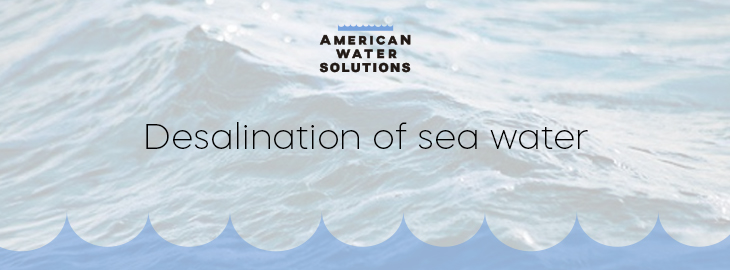
Did you know that 70% of the little fresh water that we have to consume irrigation. 20% takes industrial processes and only 10% is applied to domestic consumption.
Water is essential in food production. Its use in agriculture represents the largest volume of consumption globally.
¿Could much of the solution lie in the oceans, which contain 97% of the planet's water?
It is represented by alternate waters or renewable waters, such as brackish and marine waters.
Currently agriculture is not growing in many regions problems of shortage of fresh water.
The salinity of the water is a major problem for agriculture, it contains high concentrations of sales, which crops may not tolerate.
If the water treatments are not adequate for use in agricultural irrigation, major agronomic problems can occur that affect crop productivity.
The solution to combat the shortage of fresh water is the treatment of saline water sources through the desalination process.
¿What is desalination?
Physical-chemical process that consists of eliminating salt from sea or brackish water, to transform it into fresh water.
Used by a reverse osmosis system that consists of the sea water being forced to cross a membrane to leave the salt molecules behind, separating them from the water.
Membranes are recognized as leaders in reverse osmosis, responsible for separating salts from water.
All problems related to the application of the use of desalinated seawater to agricultural irrigation can be solved through a correct regulation of this type of supply.
The quality of irrigation water is essential for the successful production of tall crops and thus achieving high yields.